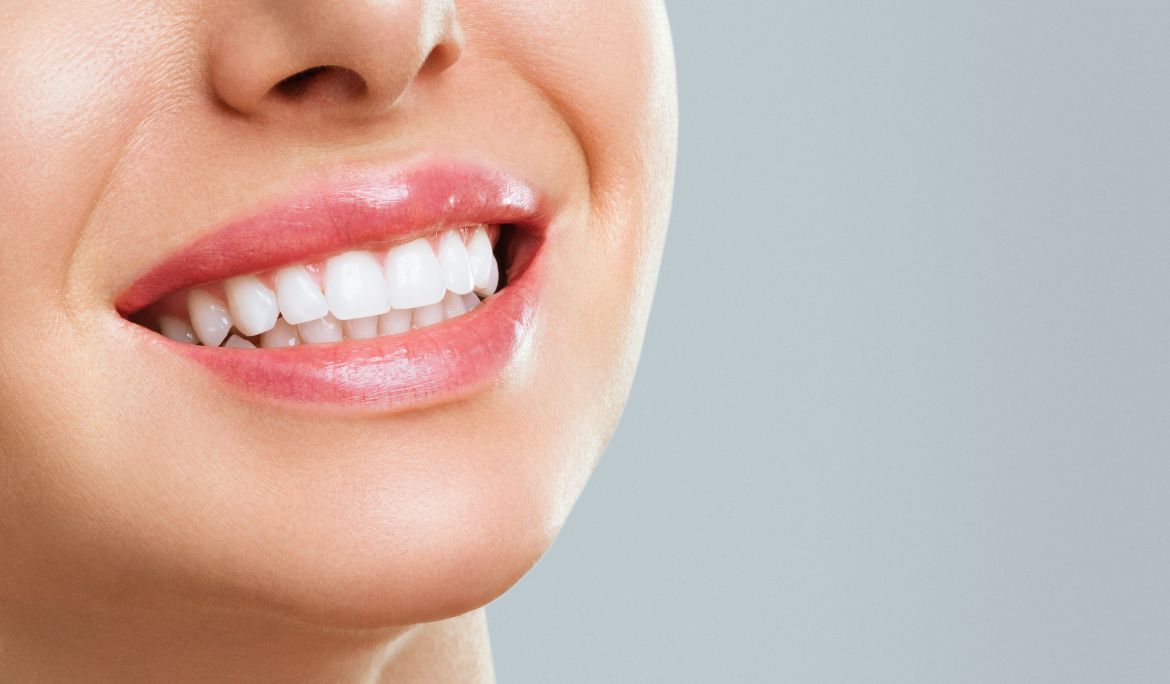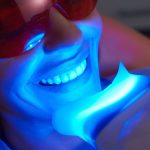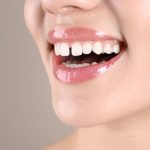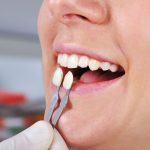Teeth whitening has become one of the most popular cosmetic dental procedures, offering a quick and effective way to enhance your smile. Whether performed at home with over-the-counter products or through professional treatments at a dental office, teeth whitening can significantly improve your appearance. But how exactly does teeth whitening work, and more importantly, is it safe? In this article, we’ll explore the science behind teeth whitening and address concerns about its safety.
How Teeth Whitening Works
Teeth whitening involves the use of bleaching agents, primarily hydrogen peroxide or carbamide peroxide, to lighten the color of your teeth. These agents work by breaking down stains into smaller particles, making the discoloration less visible and brightening the teeth. There are two primary types of teeth whitening treatments: surface whitening and deep whitening.
Surface Whitening
Surface whitening focuses on removing external stains caused by food, drinks, or smoking, which typically affect the enamel, the outermost layer of your teeth. Whitening toothpaste and mouthwashes contain mild abrasives that help scrub away these surface stains without the use of bleaching agents. While effective for minor discoloration, surface whitening treatments do not provide the same results as deeper bleaching procedures.
Deep Whitening (Bleaching)
Deep whitening, also known as bleaching, lightens the color of the teeth beyond the surface, targeting both enamel and the underlying dentin layer. Professional whitening treatments, often performed by dentists, use higher concentrations of bleaching agents to achieve more noticeable results.
There are two main methods of deep whitening:
In-Office Whitening: This procedure is performed by a dentist using professional-grade bleaching agents. Often, a special light or laser is used to enhance the whitening process. In-office treatments typically produce immediate results, lightening teeth by several shades in just one session.
At-Home Whitening Kits: Dentists can provide custom at-home whitening kits that include trays made to fit your teeth and a lower concentration of bleaching gel. Although results may take longer than in-office treatments, consistent use over a few weeks can yield significant improvements.
Is Teeth Whitening Safe?
Teeth whitening is generally considered safe when performed correctly and under the supervision of a dental professional. However, like any dental procedure, there are potential risks and side effects that should be considered.
Safety of Over-the-Counter Products
Over-the-counter whitening products, such as strips, gels, and toothpaste, are widely available for at-home use. While these products are convenient and affordable, they contain lower concentrations of bleaching agents than professional treatments, which means they are less effective at removing deep stains. Additionally, improper use of over-the-counter products can cause gum irritation or tooth sensitivity. It’s essential to follow the instructions carefully and consult with a dentist if you experience any issues.
Professional Whitening Safety
Professional teeth whitening treatments are generally safer and more effective than at-home options because they are supervised by a dentist. Dentists ensure that your gums and soft tissues are protected during the treatment, reducing the risk of irritation. They can also adjust the concentration of the bleaching agent to suit your needs and reduce potential side effects, such as sensitivity.
Even with professional whitening, some patients may experience temporary tooth sensitivity. This is because the bleaching agents temporarily weaken the enamel, exposing the dentin layer beneath. However, sensitivity usually subsides within a few days to a week after the treatment. Your dentist may also provide desensitizing treatments to reduce discomfort.
Factors That Influence Whitening Safety and Effectiveness
Several factors can influence the safety and success of teeth whitening, including:
Pre-existing Dental Conditions: If you have cavities, gum disease, or exposed tooth roots, whitening treatments may aggravate these issues. It’s essential to have a dental examination before undergoing whitening to ensure your teeth and gums are healthy enough for the procedure.
Age: Teeth whitening is generally not recommended for children or teenagers, as their enamel is still developing. Older adults, on the other hand, may have thinner enamel, which can lead to increased sensitivity during whitening treatments.
Type of Stains: Teeth whitening is most effective on extrinsic stains caused by food, drinks, or smoking. Intrinsic stains, which originate from within the tooth due to factors like aging, trauma, or certain medications, may be more challenging to treat. In some cases, intrinsic stains may require alternative treatments, such as veneers or bonding.
Frequency of Treatment: Overusing whitening treatments can weaken enamel over time, increasing the risk of tooth sensitivity and damage. It’s important to follow your dentist’s recommendations regarding how often you should whiten your teeth to avoid overexposure to bleaching agents.
Tips for Safe Teeth Whitening
To ensure a safe and effective teeth whitening experience, consider these tips:
Consult Your Dentist First: Before starting any whitening treatment, consult with your dentist to assess the health of your teeth and gums. They can recommend the best course of action based on your specific needs and address any concerns you may have.
Use Recommended Products: If you opt for over-the-counter products, choose ones that carry the American Dental Association (ADA) Seal of Acceptance, which indicates they have been tested for safety and effectiveness.
Follow Instructions Carefully: Whether using over-the-counter or professional treatments, it is essential to follow the provided instructions. Overuse of whitening products can lead to sensitivity and enamel damage.
Maintain Good Oral Hygiene: Whitening treatments are most effective when your teeth and gums are healthy. Brushing, flossing, and regular dental cleanings can help prevent stains from reappearing after treatment.
Limit Stain-Causing Foods and Drinks: After whitening, avoid foods and beverages that can stain your teeth, such as coffee, tea, red wine, and berries. Drinking through a straw can also help minimize contact with your teeth.
Use Desensitizing Products if Necessary: If you experience sensitivity after whitening, using desensitizing toothpaste or gels with ingredients like potassium nitrate or fluoride can help alleviate discomfort.
Conclusion
Teeth whitening is a popular and effective way to brighten your smile and boost your confidence, but it’s essential to approach the procedure safely. Understanding how teeth whitening works and being aware of the potential risks and side effects will help you make informed decisions about your treatment. Whether using over-the-counter products or undergoing professional treatment, consulting with a dentist ensures that your whitening experience is both safe and effective.
With proper care, teeth whitening can deliver long-lasting results, giving you a brighter smile that you can confidently show off. If you are considering teeth whitening, All-On-4 Dental Implants, a trusted provider of cosmetic dental services, offers safe and effective professional teeth whitening treatments. With expert care and the latest technology, they can help you achieve the bright, radiant smile you’ve always wanted while ensuring your dental health remains a top priority.













